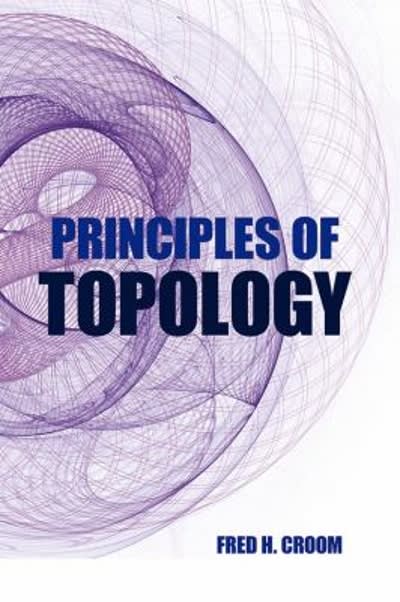Answered step by step
Verified Expert Solution
Question
1 Approved Answer
HW 3.3-3.5 Score: {23 0H9 answered 0 Question 1 v Select all statements that are at ways true. : PM and B}=P(A)P{B!A} : PM and








Step by Step Solution
There are 3 Steps involved in it
Step: 1

Get Instant Access to Expert-Tailored Solutions
See step-by-step solutions with expert insights and AI powered tools for academic success
Step: 2

Step: 3

Ace Your Homework with AI
Get the answers you need in no time with our AI-driven, step-by-step assistance
Get Started


